Starting next year, National Parks Board (NParks) – the statutory body responsible for managing Singapore’s ecosystems – will begin two nature-based coastal protection projects to protect Pulau Ubin’s (an island to the NE of mainland SG) coastlines from erosion and future sea level rise. The projects involve use of headlands and inter-tidal rock pools to allow extension of the shoreline alongside the application of rock structures and pond bed elevation to stabilize and promote mangrove growth.
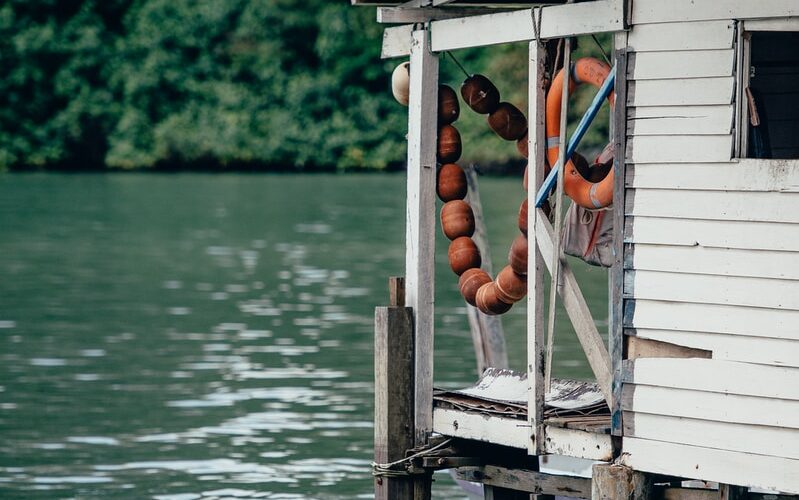
So what?
Pulau Ubin’s coastlines have been facing erosion due to land use changes and wave impact. Mangrove areas – which are important in stabilizing coastlines – were converted to aquaculture ponds, while increased vessel traffic led to greater wave impact on the coastlines, leading to further erosion. NParks’ efforts address those issues using nature-based solutions, that acknowledge and apply the importance of natural ecosystems.
The mangrove sites are being restored by addressing hydrological factors that limit mangrove growth, rather than direct planting. Addressing hydrological factors (in contrast to a singular focus on direct planting) leads to the creation of a self-sustaining ecosystem and has been shown to be a more effective means of mangrove restoration.
Such restoration efforts that focus on nature-based solutions represent a shift away from the heavy engineering solutions that has so far been common throughout the world. Coastline protection that moves away from creation of hard barriers like seawalls towards a more natural system can lead to benefits in biodiversity conservation, climate adaptation, and carbon sequestration.

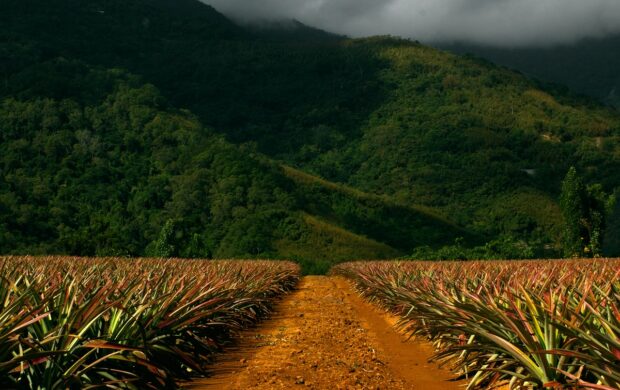

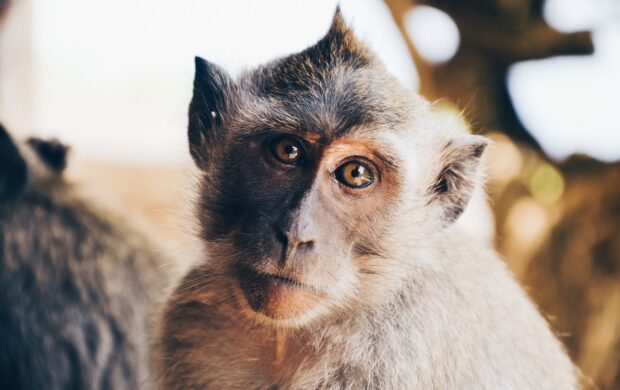
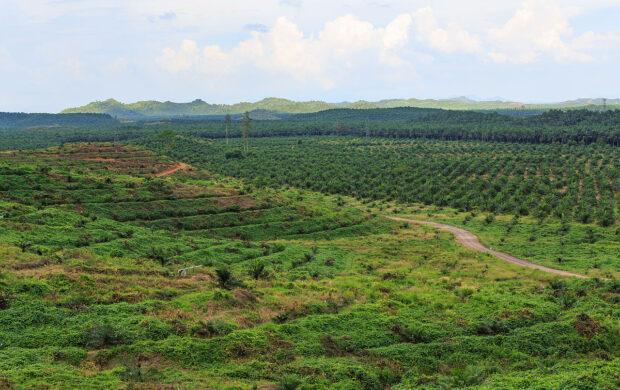

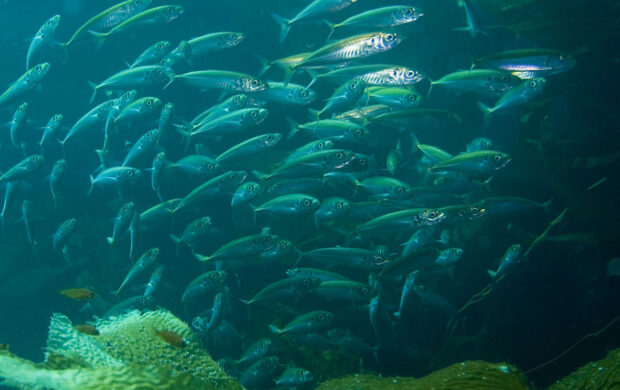
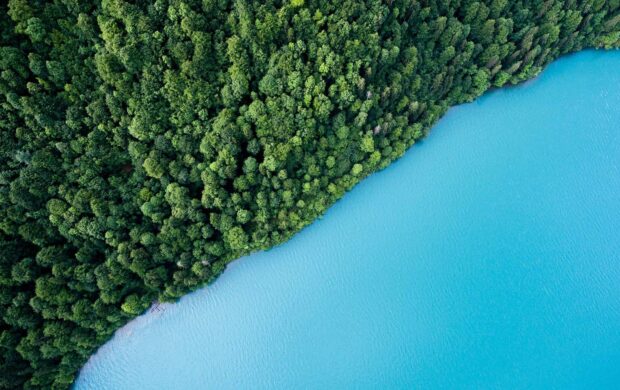

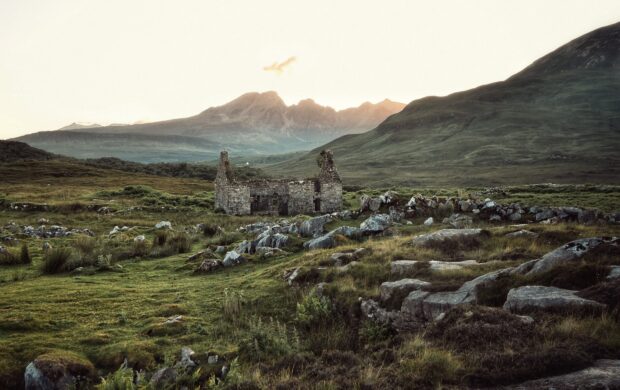
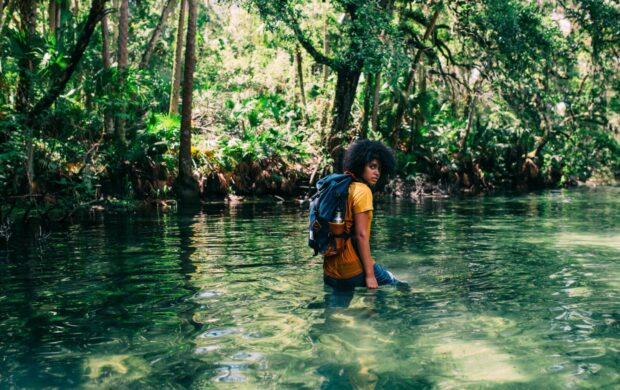
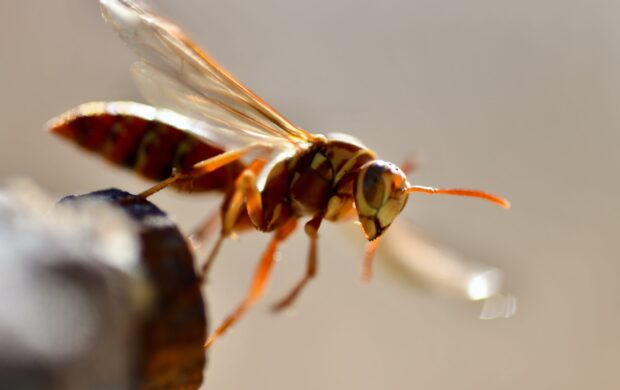
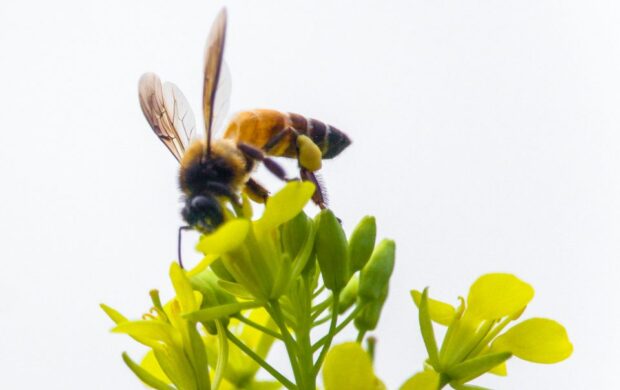
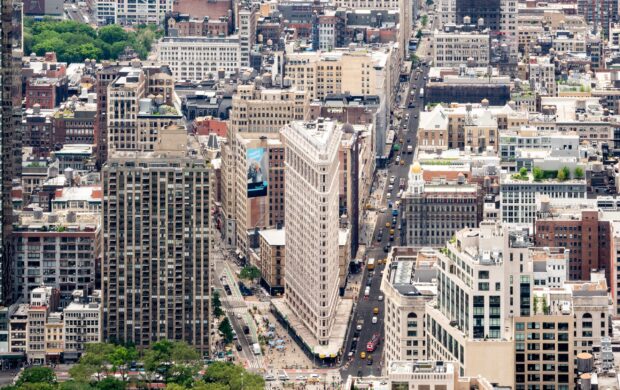
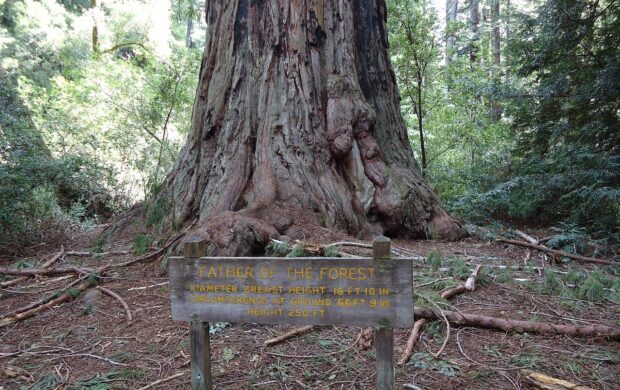
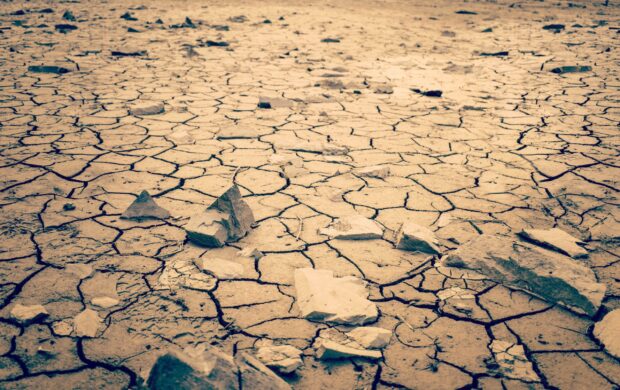

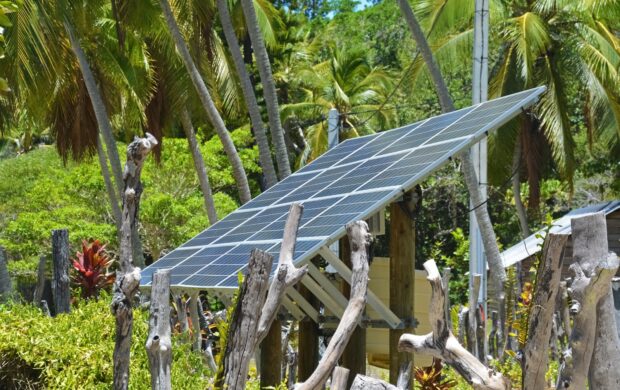


Join discussion